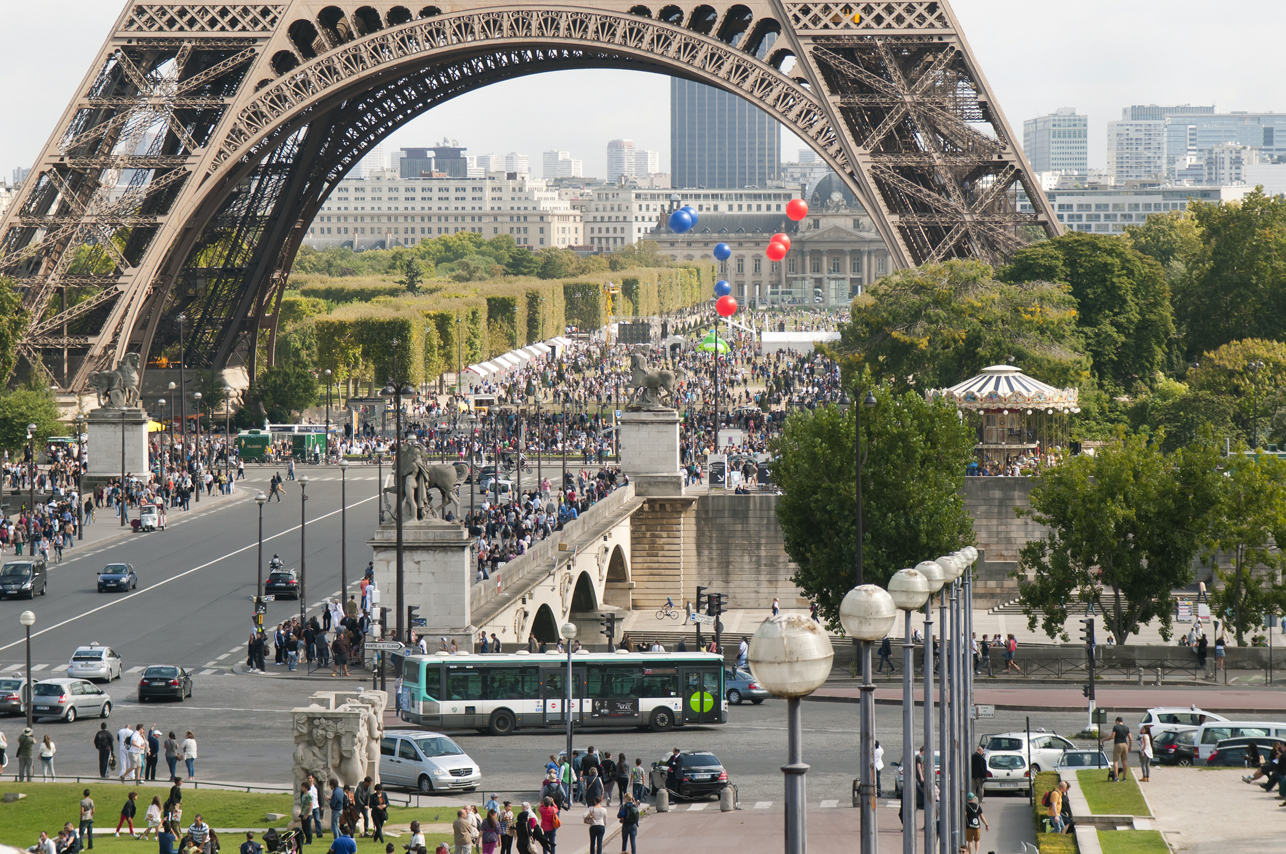A short history of Parisian taxis
The taxi came to life in the 20th century. The Exposition Universelle (World’s Fair) of 1900 and the auto craze heralded the, at first discreet, arrival of “automotive carriages”. In 1904, they could be counted on the fingers of one hand… but there were close to 1400 three years later! This trade association equipped itself with counters that linked the distance travelled to the price of the journey, soon to be known as “taximeters”. The Renault factory at Billancourt specialised in these vehicles. Often red, they were such a success that Londoners decided to import them.
Glorious exploit of note: taxis took on a fighting role from 6 to 9 September 1914 during the legendary incident of the “Taxis de la Marne”. War had been raging for a month and the German advance was undeniable: there they were just five miles outside of Paris. Overwhelmed, Gallieni no longer knew how to transport the 5000 infantry soldiers he needed to put things right. Quick thinking director of a company soon to be known as G7, Count Walewski suggested to the Military Governor of Paris that he requisition “his” taxis! And just like that he had at his service 1500 red cars (and their drivers) that drove the squaddies to Nanteuil le Haudoin. The result: the Germans were pushed back towards Aisne sinking into a war that would be fought in trenches, and Paris was saved. As for Walewski, he was the shrewdest: returning back to the fold, the taxis quite logically had very steep meter readings. And so, the State shelled out over 70,000 francs from its coffers. But Paris is worth all that…
After the Great War, the taxi became part of the urban landscape. Little by little horse-drawn carriages were abandoned leaving the space free for petrol engines. Today numbering 2000 (slaves to a numerus clausus), they are the business of new independent companies such as Uber…

